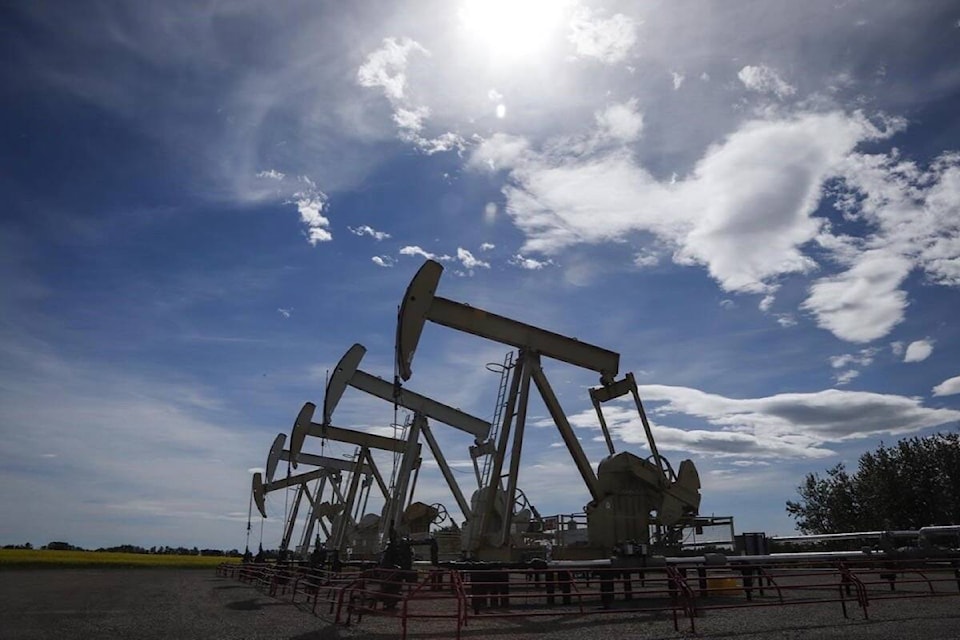Alberta should be taking better advantage of its energy wealth to prepare for a future world less dependent on oil, says a Red Deer Polytechnic economist.
“We are always going through these up and downs, crises then happiness, based on the oil price,” said Paritosh Ghosh, head of Economics at RDP.
“The first and foremost thing I think we should do in Alberta is diversify the economy to reduce the dependence on oil.
“There is no long-term view here, which I found strange,” said Ghosh on Friday.
“We should have a clear goal. Say after “X” year our dependence on oil would go down from this per cent to that per cent.”
Finance Minister Travis Toews gave a second-quarter fiscal update on Thursday that projected a $12.3 billion surplus. Due to a softening in oil prices that is down about $1 billion from the first quarter estimate.
That surplus can almost entirely be attributed to non-renewable resource revenues, which are expected to top $28 billion. That is more than double the $13.3 billion the government expects to pull in from personal income taxes.
Ghosh said Alberta must face the reality that world-wide demand for oil will drop eventually as other energy sources take its place.
“All the big companies internationally say the demand will fall in the long term. So where is the plan?”
In his speech, Toews touted Alberta’s success in non-energy businesses.
“Alberta’s economy is rapidly diversifying with recent major investment announcements in sectors such as aviation, technology, finance and other emerging industries,” he said. “In the first half of the year alone, Alberta saw 56 deals worth $481 million in venture capital investment.
“And the province’s agri-food sector has attracted nearly $1.5 billion in new investment and has created close to 3,000 jobs in Alberta since 2019.”
The Alberta government plans to use much of its surplus to pay down debt. Taxpayer-supported debt is now estimated to be $79.8 billion at the end of March, $10.4 billion lower than previously projected. The debt is expected to be reduced by a further $10.8 billion over the following three years.
That puts the province’s debt-to-GDP ratio at 9.9 per cent. Toews has previously pledged the ratio would be kept under 30 per cent.
Ghosh said with most of the province’s borrowing likely at lower interest rates than now, he would focus on diversification first. He sees that as a more pressing issue than repayment of debt that is relatively low compared with other provinces.
Another area where Ghosh felt the government missed an opportunity to beefing up the Heritage Savings Trust Fund, the province’s rainy day fund that now sits at just under $18 billion.
The government had planned to put just under $3 billion into the fund, but that contribution has now been reduced to $1.2 billion.
Asked about that, Toews said the government is committed to putting money away in savings, saying the government expects to have $5.8 billion in unallocated cash available at the end of March to put into savings, debt retirement or infrastructure.
NDP finance critic sharply criticized the UCP’s decision to reduce its Heritage Savings Trust Fund contribution.
“This is how you piss away a boom,” said Phillips in a news conference.
Toews said at one point that if all of the investment income been left in the Heritage Savings Trust Fund from its inception in 1976, even without any additional contributions, it would likely now be around $300 billion.
